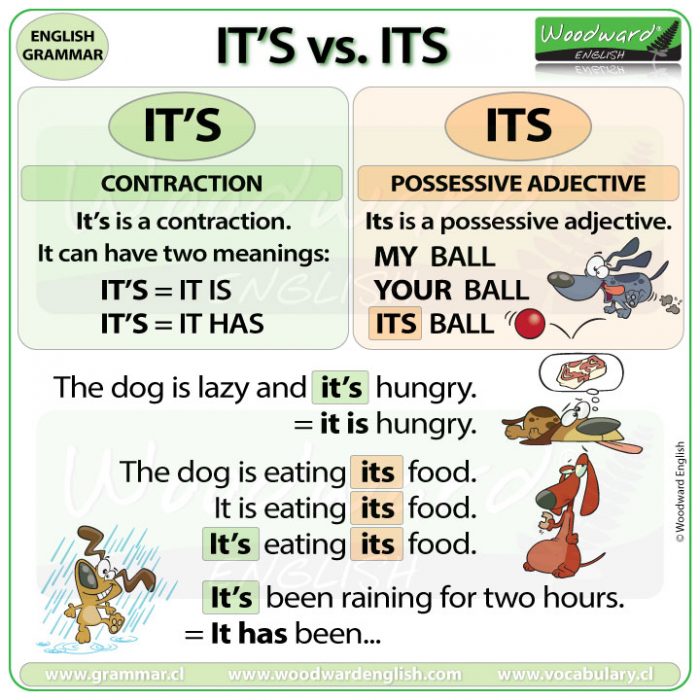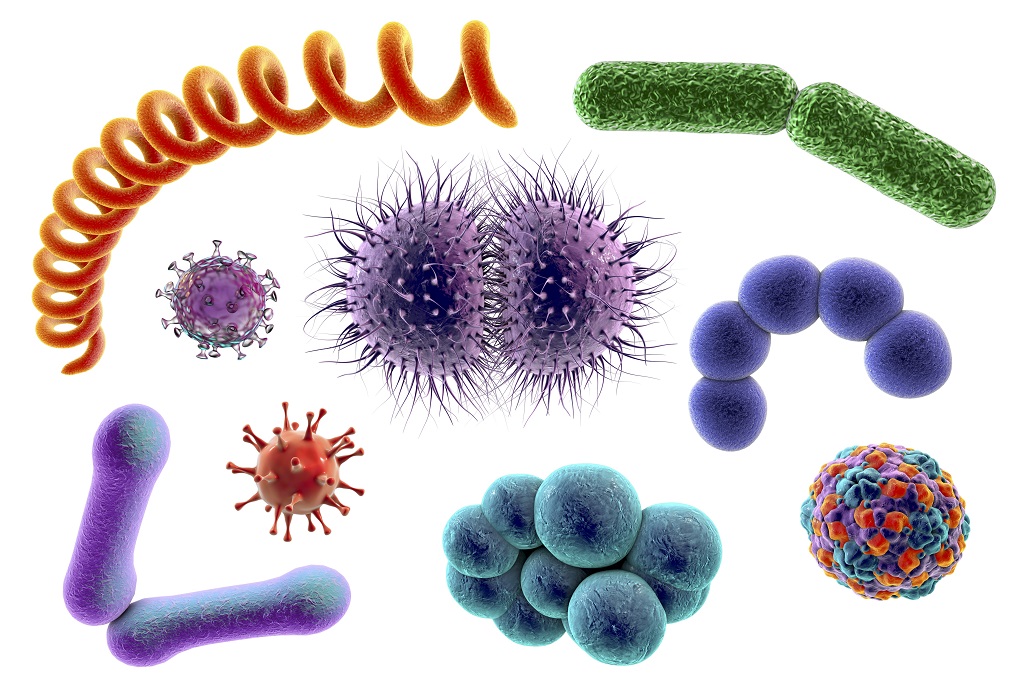Its Just Wings - Grammar Matters For Everyone
Have you ever found yourself pausing a little when you read something, maybe a sign, or a casual message from a friend, and a tiny question mark pops up in your head about a certain word? It happens to pretty much everyone, you know, because our everyday language has some quirks that can make even the most seasoned speaker scratch their head a bit. We are, after all, just trying to get our thoughts across clearly, and sometimes, those little words can trip us up, can’t they?
One common spot where folks often get a little mixed up involves two words that sound completely identical but have rather different jobs: "its" and "it's." It’s actually a really common point of confusion, and you see it pop up in all sorts of places, from casual chats to more formal writing. People sometimes mix them up without even realizing it, which is perfectly natural since they sound so much alike.
So, what happens when you come across a phrase like "its just wings"? Is it talking about something belonging to something else, or is it a shortened way of saying "it is just wings"? Figuring this out, honestly, makes a big difference in what the phrase means, and getting it right helps everyone understand things a whole lot better. We're going to take a closer look at these two little words and how they play their part, even with something like "its just wings."
Table of Contents
- What's the Deal with 'Its Just Wings'?
- Understanding the Basics of 'Its' and 'It's'
- Why Does This Keep Happening?
- When Does 'Its' Really Show Possession?
- Unpacking the Difference - 'its just wings' in Practice
- A Quick Look at Other Tricky Words
- Making Sense of 'Its Just Wings' - A Recap
What's the Deal with 'Its Just Wings'?
When you see a phrase like "its just wings" written out, your brain, you know, probably tries to figure out what the person meant. Did they want to say "it is just wings," perhaps describing a simple dish, or were they, by chance, talking about something that has wings, like a bird and its wings? This particular confusion comes up a lot because English has some interesting ways of showing ownership and making words shorter. It’s a common thing to stumble over, and that’s perfectly okay, too.
The core of the matter, really, boils down to how we use an apostrophe. That little mark, that curved bit of punctuation, is actually a pretty big deal in our written language. It tells us that something is either missing from a word, or that something belongs to something else. So, when you see "its just wings," that little mark, or the lack of it, changes the entire meaning. It's almost like a secret code, in a way, that you need to crack to get the full picture.
Understanding the Basics of 'Its' and 'It's'
Let's talk about these two little words that sound the same but act so differently. Knowing the simple rule for each one can clear up a lot of those little moments of doubt. It's not nearly as complicated as it might seem at first glance, honestly. Once you get a feel for their individual jobs, you’ll find yourself spotting the right one pretty quickly, even when thinking about something like "its just wings."
'It's' - A Little Shortcut for 'its just wings'
When you see "it's" with that little apostrophe, it’s basically a quick way to say "it is" or "it has." Think of the apostrophe as a tiny placeholder for the letters that have been taken out. For example, if you wanted to say "it is raining outside," you could shorten that to "it's raining outside." Or, if you meant "it has been a long day," you could say "it's been a long day." It’s just a way to make sentences flow a bit more easily, you know?
So, if someone writes "it's just wings," what they really mean is "it is just wings." Maybe they are trying to tell you that there isn't anything else special about the food, or that the meal is simply wings and nothing more. It’s a very straightforward way to make a statement, and the apostrophe clearly shows you that the "i" from "is" has been removed. This is, you know, a really common use for that particular punctuation mark.
'Its' - Showing What Belongs to 'its just wings'
Now, when you see "its" without an apostrophe, it has a completely different role. This word shows that something belongs to "it." It’s like saying "his" for a male person, or "hers" for a female person. For instance, you might talk about a dog wagging its tail. The tail belongs to the dog, so you use "its." Or, a tree might lose its leaves in the autumn; the leaves belong to the tree. This is a very common way to show possession in English.
If you were to use "its" in a phrase like "its just wings," it would mean that the wings belong to something. This can sometimes be a bit tricky to picture, especially if you're talking about food. For example, if you were talking about a bird, you might say "the bird flapped its wings." Here, the wings belong to the bird. So, if "its just wings" were to mean something belonged to an "it," it would be a bit of an unusual phrasing, unless you were referring to, say, a creature and its particular type of wings. It’s quite different from the contraction, as you can see.
Why Does This Keep Happening?
It’s a fair question, isn't it? Why do these two words, "its" and "it's," cause so much confusion? Part of the reason, frankly, is that most words that show possession in English end with an apostrophe and an "s." Think about "John's car" or "the cat's toy." So, people naturally assume that "its" should follow the same pattern to show possession. But, in this one case, it doesn't. This makes it, you know, a bit of an exception to a general rule, which can be quite confusing for many people.
Another reason is that they sound exactly alike when spoken. When you're just chatting with someone, you can't tell the difference between "its" and "it's." This means that when we then go to write, our ears don't give us a clue, and we have to rely purely on our memory of the rule. It's almost like a little trap set by the English language, in a way. You just have to remember that one little word, "its," is a bit of an outlier when it comes to showing ownership.
When Does 'Its' Really Show Possession?
To really nail down when to use "its" for possession, think about it this way: if you can replace "its" with "his" or "hers" and the sentence still makes sense, then "its" is probably the correct choice. For example, "The company celebrated its anniversary." You could replace "its" with "the company's" or even imagine "his" or "hers" if the company were a person, and the meaning stays the same. The anniversary belongs to the company.
It's about the thing that "it" possesses. A machine has its own unique sound. A book has its own interesting story. In these cases, the sound belongs to the machine, and the story belongs to the book. So, "its" without the apostrophe is the one you want. It’s a bit like a special key that only works for showing what "it" owns, you know, and it's quite useful to remember this distinction.
Unpacking the Difference - 'its just wings' in Practice
Let's go back to our example, "its just wings." If you saw this phrase, how would you know which "its" was meant? You'd have to look at the context, of course. If someone said, "I thought there would be more food, but its just wings," they are clearly saying "it is just wings." The apostrophe would be needed there to show the contraction. It’s a very common way to express a simple observation.
On the other hand, if you were talking about, say, a statue of a bird, and you wanted to describe a part of it, you might say, "The sculptor carefully crafted its just wings, making them look very lifelike." Here, the wings belong to the statue (the "it"), so "its" without the apostrophe would be the correct choice. It’s a bit of a stretch for the phrase "just wings," but it shows how "its" can be used for possession. You know, it really depends on what you're trying to communicate.
The key, then, is to always ask yourself: Am I trying to say "it is" or "it has"? If the answer is yes, then you need the apostrophe: "it's." If you're trying to show that something belongs to "it," then you don't need the apostrophe: "its." It’s a simple rule, really, but one that causes a fair amount of confusion because of how similar the words look and sound. This applies to all sorts of writing, even when you're just trying to describe something as simple as "its just wings."
A Quick Look at Other Tricky Words
The confusion between "its" and "it's" isn't the only one out there, you know. English has a few other pairs of words that can sometimes trip people up because they sound similar or have similar spellings. Getting a handle on these can make your writing a lot clearer and help you feel more confident when putting your thoughts down on paper. It’s actually a pretty common thing to mix these up, so don't feel bad if you do.
'Your' and 'Yours' - Not So Different from 'its just wings'?
Just like "its" and "it's," the words "your" and "yours" can also be a source of minor headaches for writers. "Your" is used when something belongs to you, and it always comes before the thing it describes. For example, "Is this your book?" The book belongs to you. It's a way to show ownership directly before the item.
"Yours," on the other hand, is used when the thing that belongs to you is already understood, or it comes at the end of a sentence. You might say, "That book is yours." Here, "yours" stands in for "your book." It’s a pronoun, meaning it takes the place of a noun. So, while "its" and "it's" deal with the neutral "it," "your" and "yours" deal with "you," but the principle of showing possession versus a contraction (which "your" isn't) or a determiner is a bit similar, you know, in the way they function to show ownership.
Making Sense of 'Its Just Wings' - A Recap
So, what have we learned about those tricky little words, especially when they pop up in a phrase like "its just wings"? Basically, it comes down to a really simple choice: possession or a shortened form of "it is" or "it has." If you're talking about something belonging to an "it," then "its" without the apostrophe is what you need. It’s like saying "his" or "hers," but for things that don't have a gender.
However, if you mean "it is" or "it has," then you absolutely need that apostrophe, making it "it's." That little mark is a signal that some letters have been removed, making the word a contraction. The confusion between these two, you know, is really common because they sound identical. But with a little thought about what you mean to say, you can pick the right one every time, even for something as straightforward as "its just wings."

It’s vs. Its | Woodward English

ITS vs IT'S: When to Use It's vs Its with Useful Examples - 7 E S L

¿Cuál es la diferencia entre ITS y ETS? | La salud que quieres